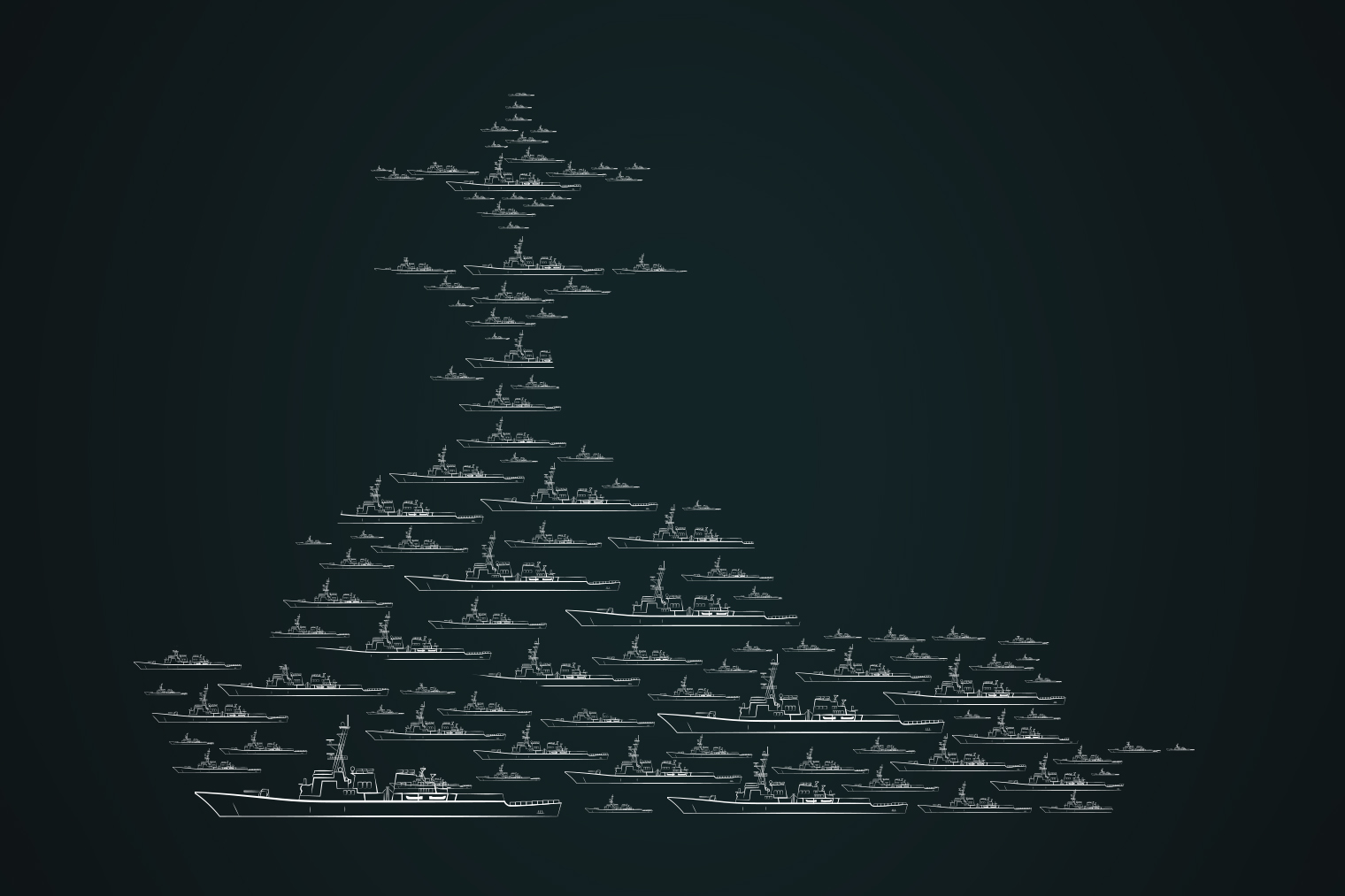Naval Warfare magazine: Frigates, US power projection, Asia-Pacific focus and more
Read the latest edition of Naval Warfare for free in our app or on your desktop. Register below to be sent the download link and receive future editions direct to your inbox.
Comment
In the same week that the US military stood up its Space Force, concerns elsewhere were firmly concentrated on naval capabilities, threats and opportunities that will have to be faced in the near future.
Features include:

Peer Pressure
USN fleet planning must adapt to face the realities of capable adversaries such as China and Russia. Shephard examines how the service is approaching the challenges ahead.

Strategic balance
The role of the frigate is changing in modern navies, with new threats and missions influencing requirements for this class of warship.

Scratching the surface
While much has been written on the USN’s surface fleet strategy in terms of hull numbers, the service’s willingness to shift towards using unmanned, autonomous surface combatants is equally significant.
Other features include:
Planning ahead
Beijing’s naval ambitions in the South China Sea and further afield have been a cause of concern for some years. Shephard analyses the responses of other regional actors and powers.
New lease of life
Extending the life of surface combatants is often an appealing alternative to procuring new hulls, but changes in budgets and missions, plus delays to upgrade and successor programmes, can disrupt the best intentions.
Coastal command
The doctrinal shift towards preparing for conflicts in contested environments against highly capable adversaries is exemplified by the field of littoral operations.
On the sly
Relied upon to clandestinely insert special reconnaissance teams into an area of operation undetected by enemy forces and indigenous populations, swimmer delivery vehicles remain a mission-critical asset for maritime SOF units around the world.
Taking aim
Navies are on the cusp of a revolution as a first generation of shipborne high-energy laser weapon systems approaches introduction to service. But platform integration challenges remain.

More from Naval Warfare
-
![£30 million UK-New Zealand deal sends new uncrewed vehicles to Ukraine]()
£30 million UK-New Zealand deal sends new uncrewed vehicles to Ukraine
Sam Vye, the CEO of SYOS Aerospace, which supplied the vehicles, explained the rapid development and deployment of assets in the uncrewed world.
-
![HII delivers first two Lionfish SUUVs to US Navy]()
HII delivers first two Lionfish SUUVs to US Navy
The SUUVs could be part of a programme that scales to 200 vehicles.
-
![Indian Navy’s next generation OPV fleet advances with keel-laying of third vessel]()
Indian Navy’s next generation OPV fleet advances with keel-laying of third vessel
The ship is the third in a fleet of 11, with the first vessel due to be delivered in 2026.
-
![Fincantieri and TKMS partner for Philippine submarine bid]()
Fincantieri and TKMS partner for Philippine submarine bid
The companies have banded together to promote the Fincantieri U212 NFS offering, and hinted that the collaboration may not be a one-bid phenomenon.
-
![New enhanced FREMM frigate delivered to Italian Navy]()
New enhanced FREMM frigate delivered to Italian Navy
The frigate, Spartaco Schergat, is equipped for a broad range of missions, including anti-submarine warfare.























